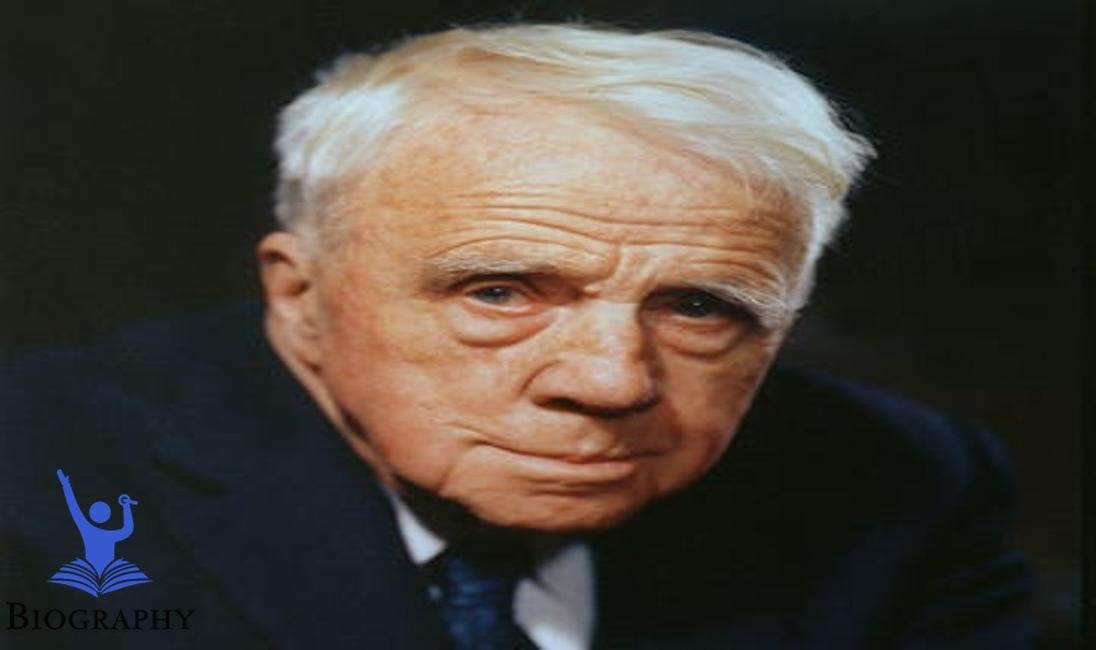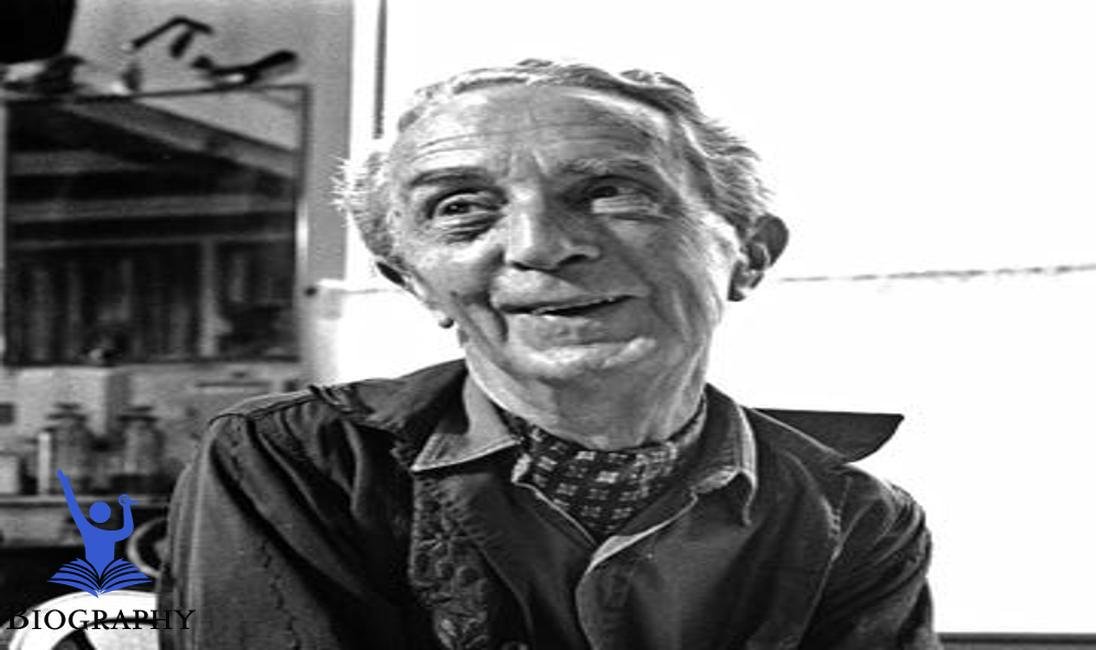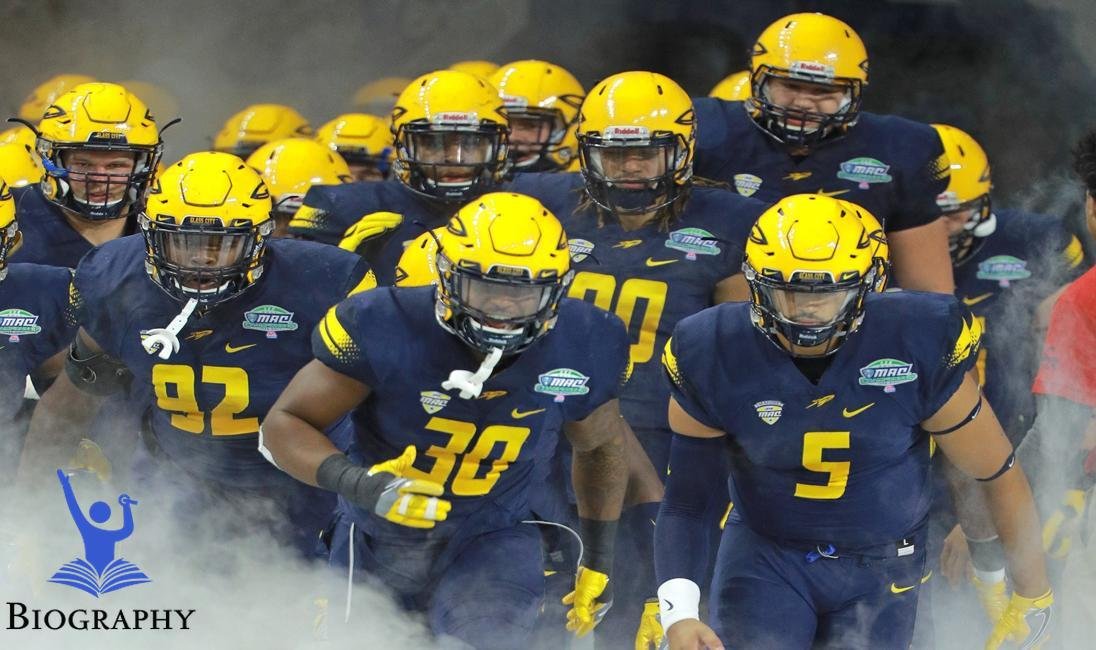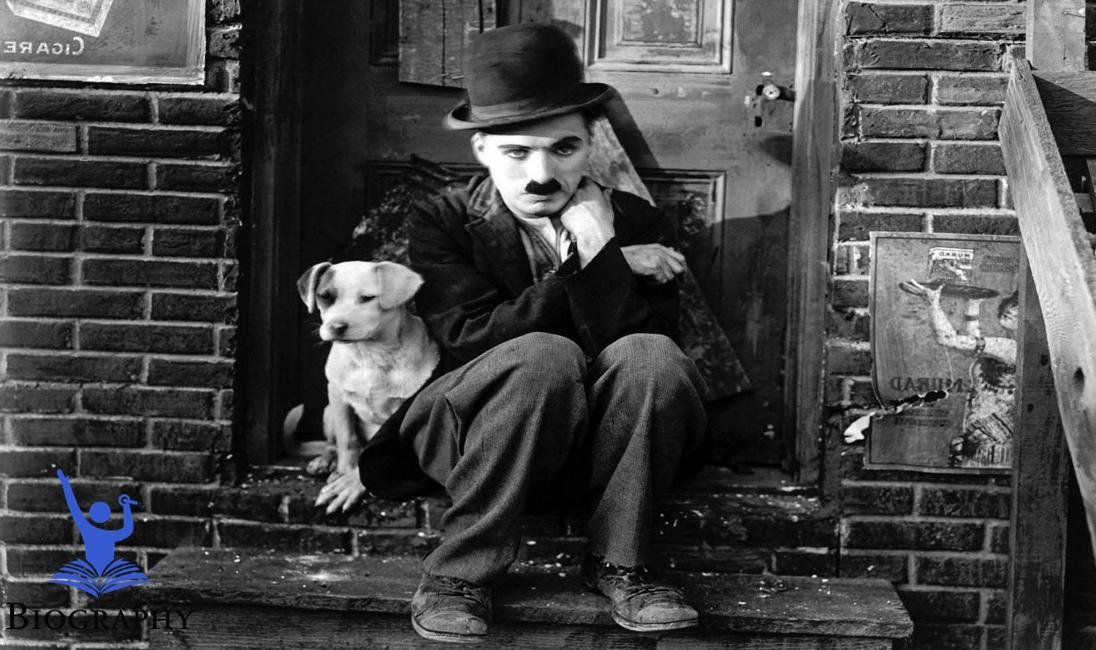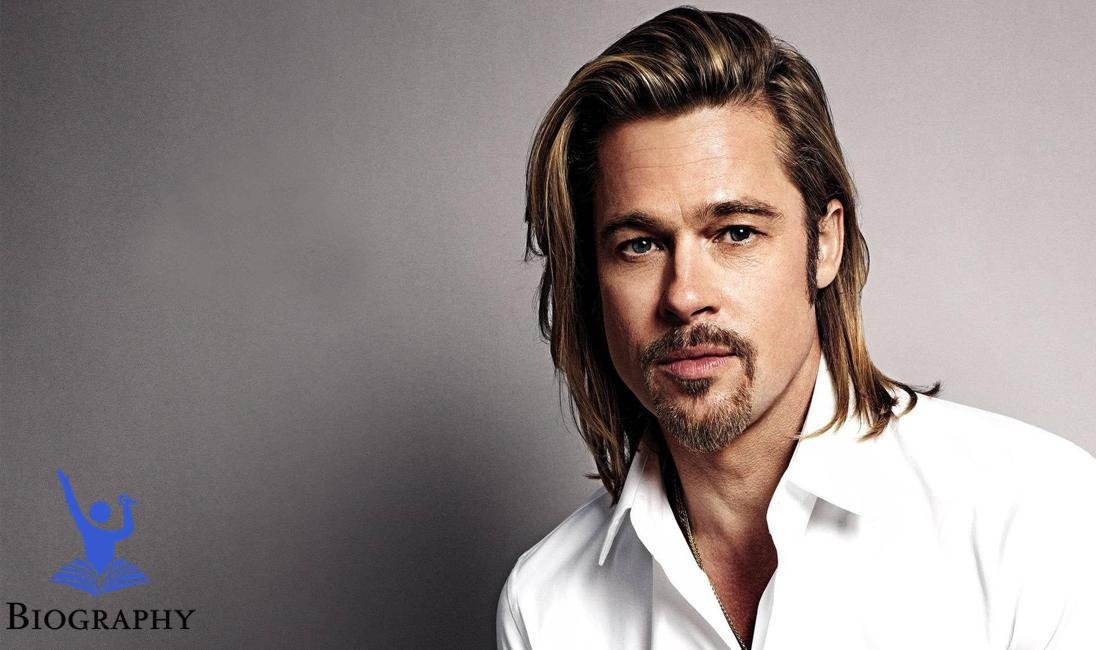Now Reading: Andy Warhol| Biography, Pop Art, Campbell Soup, Artwork,Facts & Wiki
-
01
Andy Warhol| Biography, Pop Art, Campbell Soup, Artwork,Facts & Wiki

Andy Warhol| Biography, Pop Art, Campbell Soup, Artwork,Facts & Wiki
Andy Warhol: The Pop Art Pioneer
Quick Facts About Andy Warhol
| Fact | Details |
|---|---|
| Age | Deceased (58 years) |
| Weight | 150 lbs (estimated) |
| Height | 5 ft 10 in (178 cm) |
| Original Name | Andrew Warhola |
| Eye Color | Blue |
| Children’s Names | None |
| Birthdate | August 6, 1928 |
| Spouse | Not married |
| Home | New York City |
| Hometown | Pittsburgh, Pennsylvania |
| Origin | Slovakian immigrants |
| Exes | Various rumored partners |
| Brand Ambassador Roles | None specific |
1. Early Life and Family
Andy Warhol was conceived as Andrew Warhola on August 6, 1928 in Pittsburgh, Pennsylvania. His people Ondrej and Julia Warhola emigrated from Slovakia. They had three children, Andy being the youngest. From the beginning, he showed strength for the craft, supported by his mother. Warhol had a few medical problems as a child, including an interesting skin condition that kept him inside. This early break allowed him to explore his imagination, often drawing and collecting comic books.
The Warhol family was exceptionally loving and supportive of his creative aspirations. His father worked as a coal miner while his mother dealt with the family. A childhood experience in a working-class Slovak family gave Warhol a unique perspective on American culture, which would greatly influence his art.
2. Early Career and Struggles
After high school, Warhol was appointed to the Carnegie Organization of Innovation (now Carnegie Mellon College), where he focused on commercial craftsmanship. In 1949, he moved to New York City to begin his career as a commercial designer. He faced many challenges from the beginning, remembering the fierce opposition to the craft world and the battles to gain respectability.
He had subsidiaries and advertising, and with a sense of accomplishment, he felt incomplete. Warhol’s most memorable and important breakthrough came with the development of a unique process: the “smudged line,” a technique for printing his paintings. This technique combined ink and paint, allowing him to create different shapes. Despite these achievements, he often faced exclusion from theater and academia, which was a deterrent.
3. Rise to Stardom
Warhol’s advanced second occurred in the mid-1960s when he began to explore the universe of artistic work through the development of his Pop Craftsmanship. His very popular Campbell’s Soup Jars from 1962 played an early role in the catapult to fame. It revealed a new way in which he took commodities and turned them into craftsmanship.
Around this time, Warhol also launched his Silver Production line, a studio that attracted a vibrant community of specialists, artists, and celebrities This climate helped foster innovation and collaborative efforts, and enabled Warhol to develop his creative processes. His portraits of icons such as Marilyn Monroe and Elvis Presley further cemented his status as a key figure in contemporary craft.
4. Success
The 1960s and 1970s were Warhol’s peak prosperity, as he reversed the manifestation of Pop art. He dabbled in filmmaking, producing gutsy masterpieces like *Chelsea Girls* and *Sleep*. His works generally revolved around themes of technology, celebrity, and ordinary aspects of everyday life.
The Warhols statue was amazing. He embraced the grand style, and remarkably used silkscreen printing to recreate images, which blurred the lines between design and corporate greed His work as *Brillo Boxes* and *Marilyn Diptych * now known worldwide. Warhol’s ability to comment on popular culture and, in particular, his passion for it made him an important figure in American craft.
5. Failure
Despite his success, Warhol faced a few disasters. Scholars sometimes excused his work for being shallow or overly commercial, debating whether it merited recognition as a high craft. Great tragedy struck in 1968 when he was shot by Valerie Solanas, a radical activist with whom he worked. This death attempt touched him deeply and deeply.
He spent some time in recovery and returned to design with a strong theoretical influence. After his recovery, while sculpting, Warhol battled various private issues such as depression and poor health. His continuing difficulties partly reflected his later books, which often dealt with murky subjects.
6. Television Career
In addition to painting and filmmaking, Warhol had a prominent presence on TV. He watched *Andy Warhol’s 21st Century*, a unique syndicated program where visitors ranged from experts to celebrities and whose unique style and quirky sense of humor made the show a team, but received mixed reviews.
Warhol similarly appeared in a number of myths, and the culture of art in American culture became a regular subject. His criticism generally blurred the lines between craft and entertainment, reflecting his belief in the interconnectedness of these universes.
7. Humanitarian Work
Despite the fact that Warhol gained recognition for his objectivity, he too supported social diversity. He was known for his reforms in liberal unions and developed many ways to raise support issues. Warhol found particular inspiration and resonance with the LGBTQ+ crowd, reflecting his life and relationships with relatives.
He created fine art that increased engagement with Helps and supported related causes, especially during the height of the epidemic in the 1980s. Her hands-on approach was sometimes friendly editorial, making her an artist and part of a larger social revolution
8. Personal Life and Controversies
Warhol’s personal life was as fascinating and fascinating as his image. He was known for his unconventional mannerisms and associations with many celebrities, including models and entertainers. While there were issues with his relationships, Warhol rarely married and had no children.
His sexuality was a regular theme in art, often enhancing his celebrity persona by surrounding himself with exotic individuals Warhol adopted a lifestyle defined by too much material took, provoking a few personal conflicts, and recalled the way he embraced the nightlife and socializing with many younger artists
His public persona often overshadowed his more profound emotions, with the sculptor profusely stating that “everyone will be very famous 15 minutes from now” in this statement illustrating his ability to define the differences in moments , a theme that resonates through his work.
9. Legacy / Awards
Andy Warhol’s legacy is amazing. His creative process transformed American craft over two decades, influencing endless experts and mainstream society. His pursuit of big names and technology prepared him for the development of modern craft, which solidified his status as a pioneer.
Warhol’s fine art fetched record prices when it was sold, and today they still stir conversation. He received various honors during his lifetime, including a posthumous election to the American Institute of Architects and Letters. Considering his influence, the presentation of his works is unique among all important exhibitions on the planet.
Taken as a whole, Andy Warhol’s influence extends beyond his lifetime. His ability to blend craft and public figures along with his unmistakable character made him perhaps the most important figure in contemporary craft His works, including Campbells famous soup pots and portraits of Marilyn Monroe, help us to we remember the craftsmanship, trade and intense VIP network that characteristically changed the American craft industry


















